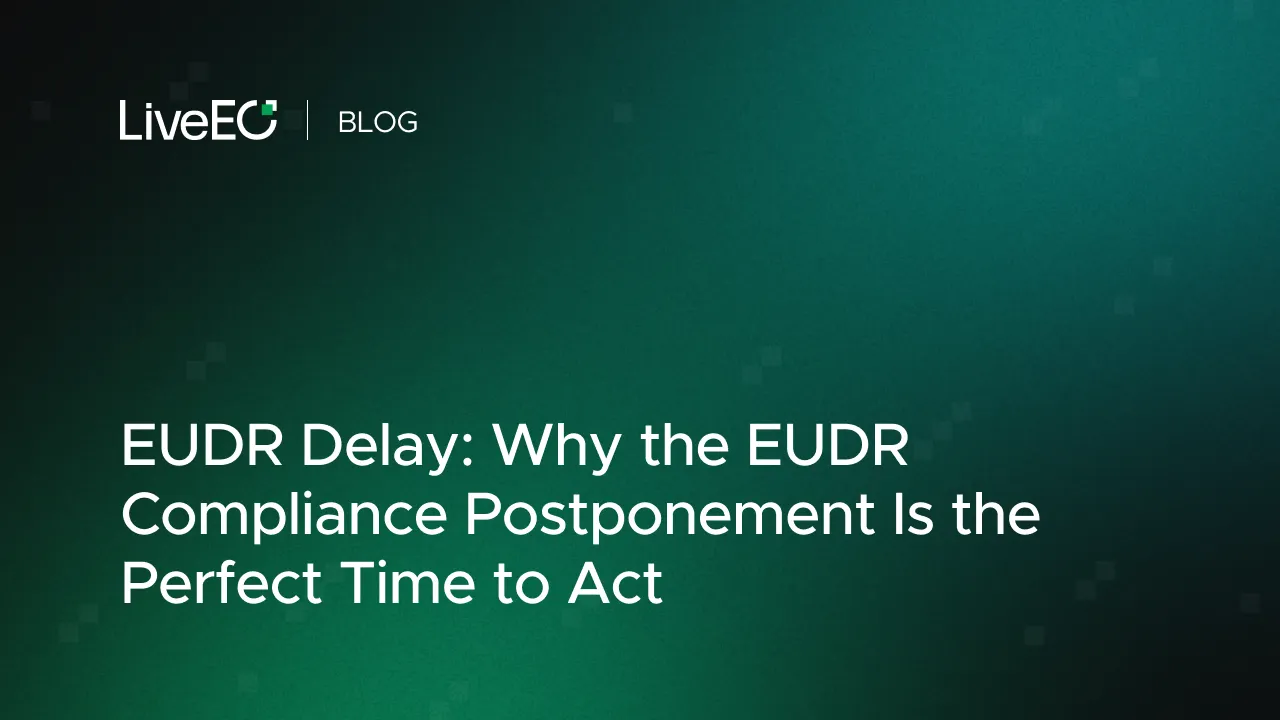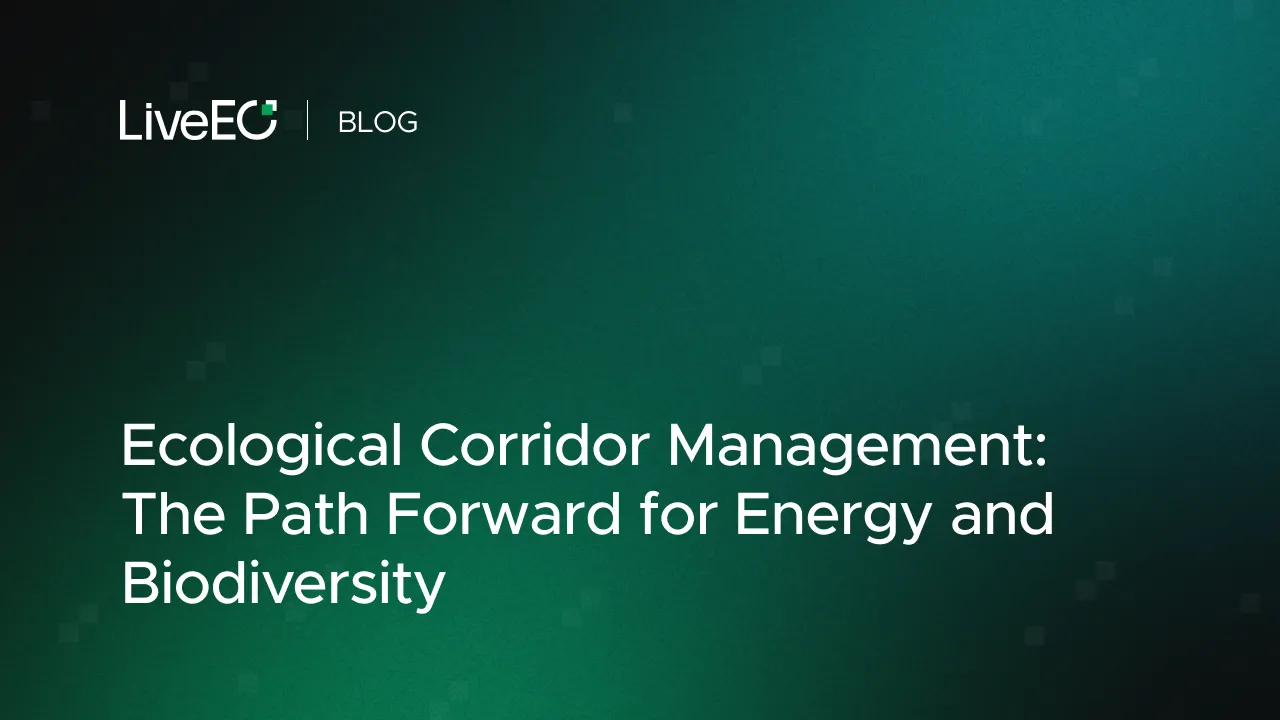Mexico City, a vibrant and historically rich metropolis, is currently confronting a pressing issue: ground subsidence. Recent studies have revealed an alarming reality—the city is sinking at an astounding rate of around 50 centimeters per year. This phenomenon is primarily attributed to the compaction of the ancient lake bed on which the city was built. Triggered by water depletion, this compaction is causing extensive fractures that threaten critical infrastructure, potentially exacerbating the city’s existing water scarcity challenges.
This case study forms a crucial part of a benchmark research centered around an automatic ground deformation processing pipeline, examining multiple configurations with diverse Area of Interest (AOI) sizes (ranging from 200 to 20,000 km2) and temporal ranges (1 to 3 years).

Unveiling Historical Significance and Contemporary Challenges
The issue of ground subsidence in Mexico City is not a recent phenomenon. Historical records, as indicated by Stronach et. al (2015), trace its roots back to the mid-19th century, with evidence even suggesting connections to the era of Spanish Conquest. However, while this issue has persisted for decades, rapid population growth in recent times has escalated the severity of the problem.
This type of compaction is unfortunately irreversible, according to Chaussard et. al (2021), and poses a grave threat to the structural integrity of buildings, historic sites, sewage systems, and gas and water pipelines within the city. Additionally, the fractures created in the ground are creating pathways for polluted surface waters, further aggravating the city's problem with clean water access.
LiveEO’s Ground Deformation Analysis: Uncovering Substantial Compaction
In just 20 hours, LiveEO’s inSAR Ground Deformation pipeline was able to examine the entire 20,000km2 AOI using 3-year archive data from Sentinel-1 in Mexico City. Theanalysis of the ground deformation survey conducted has yielded significant insights. Notably, deformation rates exceeding 360mm/year have been detected, indicative of substantial soil compaction in the city. These findings, corroborated by external research such as Solano-Rojas et. al (2020), underscore the accuracy and reliability of the data collected. These findings play a pivotal role in comprehending the city’s geophysical dynamics, with the potential to shape urban planning, hazard mitigation, and environmental monitoring strategies. While further analysis is required to fully grasp the implications of these deformation rates for the city and its surroundings, the benchmarking process, albeit still in progress, has already demonstrated the robustness of the developed processing pipeline, seamlessly scaling from smaller-scale scenarios to more extensive studies covering vast areas.
{{inline}}


Beyond Urban Planning: Safeguarding Infrastructure Sectors
The importance of monitoring ground subsidence extends beyond urban planning–it has serious implications for linear infrastructure sectors. In the oil and gas industry, for example, assets such as pipelines are particularly vulnerable. Proactive monitoring is crucial to detect subsidence that may cause misalignment, stress, and damage, possibly leading to leaks and ruptures. This strategy ensures that essential systems keep running smoothly and avert potential environmental disasters, all while prioritizing community safety.
LiveEO's Cutting-Edge Solution
LiveEO's ground deformation monitoring solution presents a breakthrough approach to addressing these challenges. By offering remote, automated, and cloud-native analysis, it enables efficient identification of areas necessitating thorough investigation. This technology provides frequent updates about deformation patterns and tracks their evolution over time. By leveraging LiveEO's solution, linear infrastructure companies can proactively assess subsidence-related risks, fostering a safer, more resilient operation.
For more information, visit https://www.live-eo.com/solution/ground-movement-insights.







